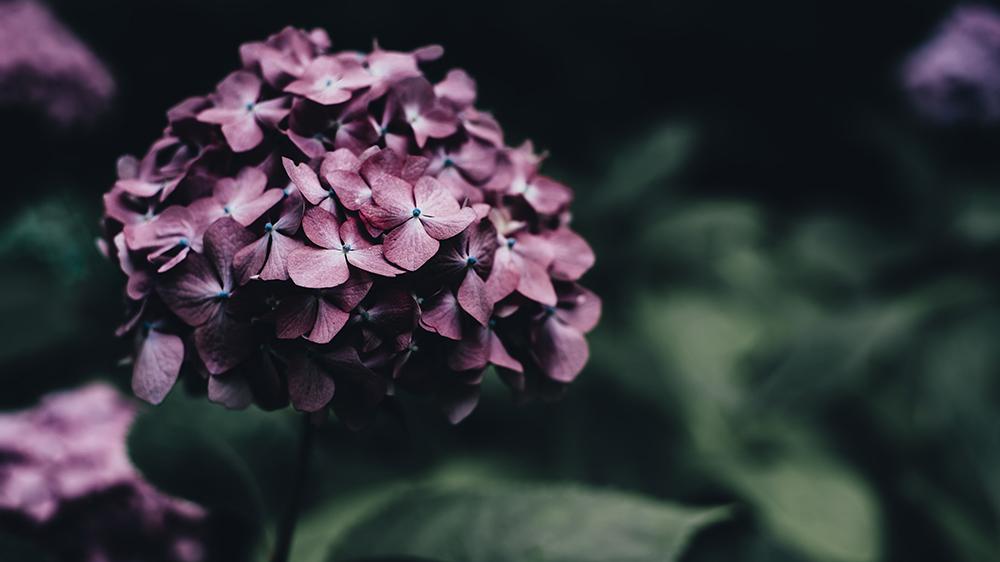AUGUST Plant Care Checklist
 Prune hydrangeas after blooms fade. Annie Spratt, Unsplash
Prune hydrangeas after blooms fade. Annie Spratt, Unsplash
Maintenance and prevention
- Monitor soil moisture. Established perennials, shrubs and trees need infrequent but deep watering. Container plants may need daily watering.
- Adjust watering schedules monthly, according to the weather and changing needs of your plants.
- Check mature plants to be sure they are not water-stressed. Your 30+ year old plants are valuable!
- Container plants may need daily watering, as soil in pots can dry out quickly and damage plant roots on hot summer days.
- Treat ponds with mosquito repellent and empty containers with standing water.
- Raise the cutting height of lawnmower 1 to 1.5 inches to help grass survive drought and heat (encourages deep roots and reduces water demand).
- Leave lawn clippings on the ground for nutrients and as a mulch layer.
Planting and propagating
- Choose drought tolerant plants that attract butterflies. Remember to plant some for nectar like Lantana (adults) and some for feeding like native milkweed (Asclepias fascicularis), Ceanothus, Buckwheat (Eriogonum), or dill (caterpillars). Note: do not plant milkweed if you are within 5 miles of the coast. Learn more about pollinators.
Cutting and pruning
- Prune hydrangeas after blooms fade.
- Pinch off spent flowers on perennials and annuals to encourage repeat bloom.
- Maintenance prune coniferous trees: yews, junipers, redwoods and cypress.
Pests and weeds
- Monitor for spider mites by looking for fine webbing on plants. Minimize the chance of infestation by rinsing dust and dirt off leaves with a spray of water.
- Set yellowjacket traps at the perimeter of the garden (not near eating areas) to discourage yellowjackets from visiting.
Feed and fertilize
- Feed azaleas, camellias and rhododendrons with a balanced organic fertilizer formulated for acid-loving plants.
- Feed container plants if needed, using an organic fertilizer.
- Feed citrus if needed, using an organic fertilizer.
Edibles
- Plant broccoli, cabbage, cauliflower, celery, chard, and bunching onions.
- In cooler areas, plant collard greens, kale, lettuce, and peas.
- Learn more about crops to plant in August and other activities in the edible garden.
Fire-smart Landscaping
- Keep the landscape hydrated during hot, windy days, but don’t over water on Red Flag Days because it depletes water our fire departments need.
- Learn more about Fire-smart Landscaping.
